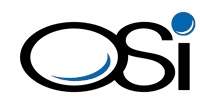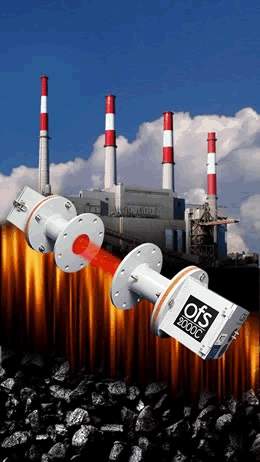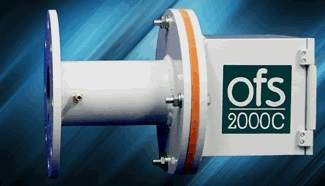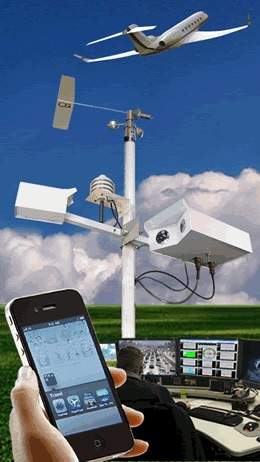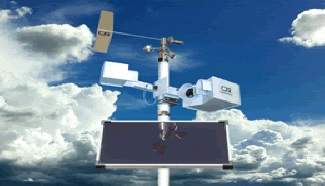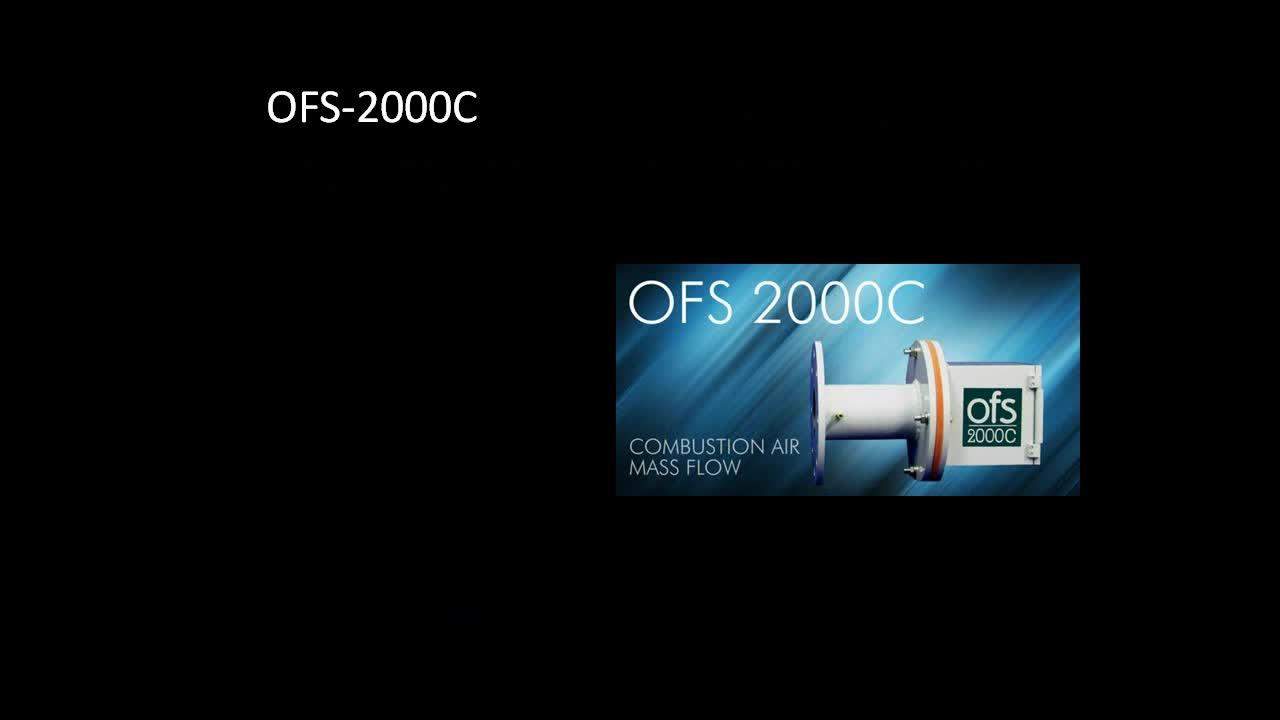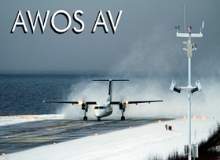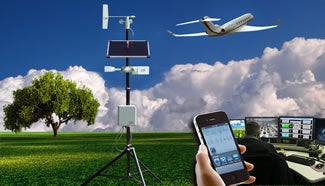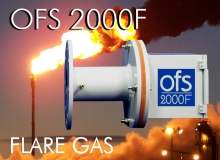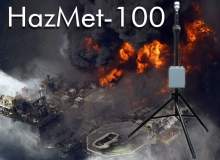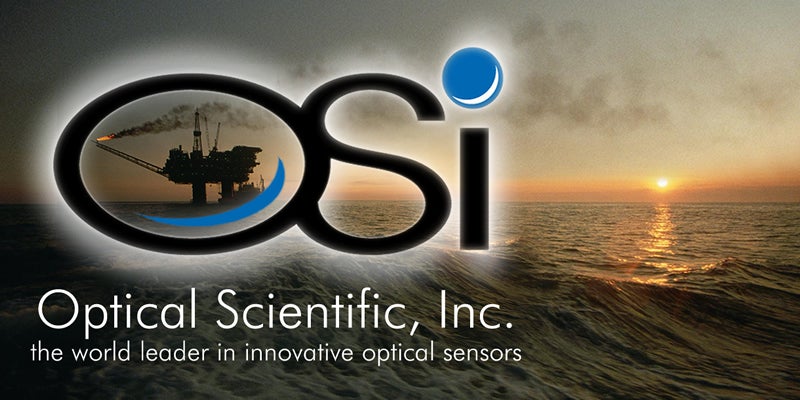
Optical Scientific (OSI) manufactures specialised instruments to measure air flow, visibility and precipitation in a wide range of industrial applications, including oil and gas refineries.
Optical flow sensors for offshore air velocity measurements
The optical flow sensor (OFS) produced by OSI is a compact solution that incorporates the tracking techniques on its long-baseline optical anemometer (LOA).
Specially designed for adverse environments, the high-performance LOA-105 sensor uses optical technology, while the twin photodiode receiver and eye-safe LED transmitter measure airflow by examining areas up to 3km wide.
Originally created to measure greenhouse gas emissions, improvements have enabled OFS solutions to be implemented in flare stack monitoring, tunnel vents, and process and combustion control.
The company’s OFS-2000 sensors accurately calculate average flow readings and pipe measurements, and meet the standards set by the Environmental Protection Agency (EPA).
The OFS also implements EPA-certified optical scintillation technology and advanced digital signal processing (DSP) electronics to precisely measure air velocity levels.
Optical weather sensors measuring visibility, wind and ice levels
OSI weather and visibility sensors (WIVIS) are designed for energy-efficiency, mobility and easy installation.
Available with solar, battery or electric power, low-power (LP) and DPS WIVIS solutions measure various precipitation conditions such as drizzle, rain and snow, in addition to visibility levels.
The OSI wind speed and air turbulence sensor uses LOA technology and is able to detect wind movement within ten kilometres to generate highly precise measurements.
Hail and ice precipitation sensors are available for operations in colder environments. They acoustically measure micro-impacts, which are included in the data results.
Observation systems for monitoring weather conditions
OSI offers a wide range of integrated automated weather observation systems (AWOS).
The company’s modular automated weather observation systems (MAWOS) are applied for continuous weather reporting in aviation applications. They are easy to install and designed according to AWOS standards set by the FAA and Canadian Aviation Regulations (CAR).
Automated voice broadcasts in French or English are accessible via landlines, cellphones, and very high frequency (VHF) aviation band.
Used by the World Meteorological Organization (WMO), NWS and meteorological departments worldwide, OSI’s optical sensor is a key component in the MAWOS.
The OSI low-power automated weather station (LPAWOS) offers high-performance with increased portability, making it suitable for solar and battery-powered applications.
Typical sensors measure barometric pressure, wind speed / direction, and temperature / humidity.
OSI’s patented adaptive algorithms use artificial intelligence and more than 200 million field hours of data.

